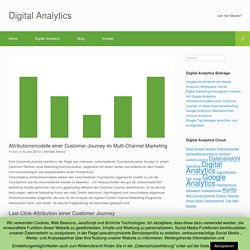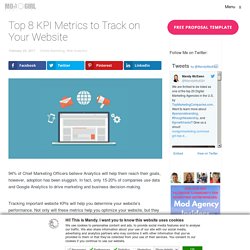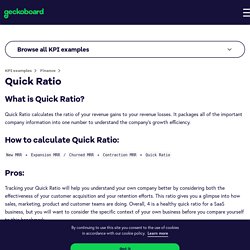

19 Social Media Metrics That Really Matter—And How to Track Them. What are social media metrics?

And why are they important to track? As a social media professional, they’re your chance to demonstrate the value of your work, and the impact of the decisions you’ve made. If your boss asks you to talk data, take the opportunity to be a pro and go beyond the surface-level, “vanity” metrics—the likes and shares and retweets. Instead, focus on the data that matters—the numbers that prove your effort has had a positive, bottom-line impact on the business. The right data will assure executives that their investment in social is paying off.
This article identifies the social media metrics that really matter, why they’re important, and how to track them. Ready to make an impression? Bonus: Get a free social media report template to easily and effectively present your social media performance to key stakeholders. The most important social media metrics for marketers The social funnel: a breakdown Let’s dive in. Awareness metrics 1. How to track it: 2. 3. Attributionsmodelle einer Customer Journey im Multi-Channel-Marketing - digital-analytics.expert. Eine Customer Journey besteht in der Regel aus mehreren, verschiedenen Touchpoints eines Kunden in einem zeitlichen Rahmen einer Marketing-Kommunikation, beginnend mit einem ersten und endend mit dem finalen Konversionsereignis wie beispielsweise einem Produktkauf.

Verschiedene Attributionsmodelle weisen den verschiedenen Touchpoints sogenannte Credits zu um die Touchpoints und die verschiedenen Kanäle zu bewerten. Um herauszufinden wie gut die unterschiedlichen Marketing Kanäle performen und sich gegenseitig während der Customer Journey beeinflussen, ist es wichtig festzulegen, welcher Marketing Kanal wie viele Credits bekommt. Nachfolgend sind verschiedene allgemeine Attributionsmodelle aufgeführt, die man für die Analyse der eigenen Chross-Channel-Marketing-Programme heranziehen kann, und erklärt für welche Fragestellung sie besonders geeignet sind.
How to Calculate Lead Velocity Rate. Metrics & KPIs Startup Metrics: Lead Velocity Rate Welcome to the first post in our “Most-Valuable-Metrics” (MVM for short) series.

In this series we’ll be sharing some killer metrics that startups should be tracking, how to track them, and… Welcome to the first post in our “Most-Valuable-Metrics” (MVM for short) series. In this series we’ll be sharing some killer metrics that startups should be tracking, how to track them, and why they are important. The first metric for our MVM series is Lead Velocity Rate. Jason Lemkin loves “Lead Velocity Rate”.
The term is used to describe one of the single most important metrics in all of business. After reading Jason’s post, I was convinced I needed to track and grow this metric. Turns out it is just your basic growth formula (comparing the current month to the one before it). Yes, “velocity” may be a bit of a stretch for this calculation but the point is clear, growing LVR will grow revenue. We want to hear from you. Top 8 KPI Metrics to Track on Your Website. 94% of Chief Marketing Officers believe Analytics will help them reach their goals, however, adoption has been sluggish.

In fact, only 15-20% of companies use data and Google Analytics to drive marketing and business decision-making. Best Website KPI's For Three Different Examples and Types (+ How to Measure KPI) You know you should be using KPI to measure your digital marketing efforts.

Monitoring and analyzing your data can help you gain insight into what’s working, what’s not, and how you can improve your site for even better results. But platforms like Google Analytics give you access to more data than you could ever possibly hope to comprehend. And while each of the various reports can help you learn something about your audience, you don’t need to be monitoring all of them on a regular basis. So, which metrics should you be measuring? The answer, of course, is that it depends. More specifically, it depends on your website type, business model, and what you’re hoping to achieve.
That’s why in this article, we’ll take a look at the best website KPIs for three different website types: A blog, an e-commerce website, and a lead generation website, and learn how to measure a KPI. Quick Ratio. What is Quick Ratio?

Quick Ratio calculates the ratio of your revenue gains to your revenue losses. It packages all of the important company information into one number to understand the company’s growth efficiency. How to calculate Quick Ratio: New MRR + Expansion MRR / Churned MRR + Contraction MRR = Quick Ratio Pros: Tracking your Quick Ratio will help you understand your own company better by considering both the effectiveness of your customer acquisition and your retention efforts. Cons: SaaS companies younger than a year or two will have effectively zero churn.